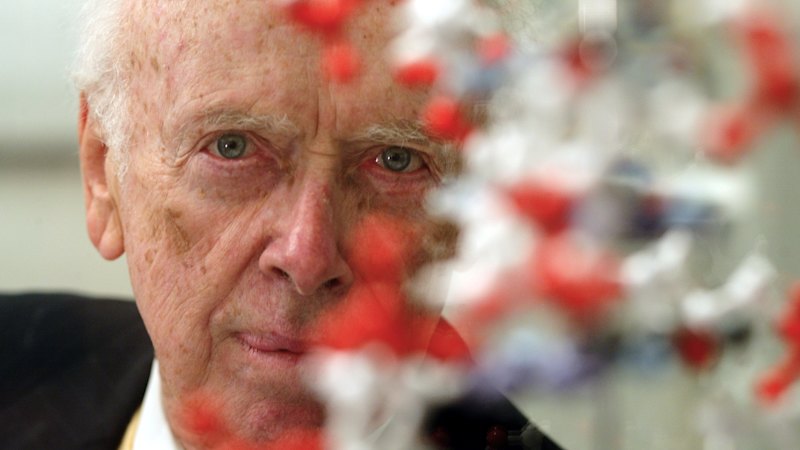James Watson, the renowned biologist who co-discovered the structure of DNA, has passed away at the age of 97. Watson died on November 6, 2023, in East Northport, New York, according to a report by The New York Times. His son, Duncan Watson, informed the publication that his father had recently been moved to a hospice after being treated for an infection.
Watson’s groundbreaking work in the early 1950s, alongside Francis Crick, revolutionized the field of genetics. At just 24 years old, Watson and Crick proposed the now-famous “double helix” structure of deoxyribonucleic acid (DNA), a discovery that has had profound implications for biology and medicine. Their pivotal research, conducted in 1953, built upon Charles Darwin’s theory of evolution, elucidating the mechanics of heredity and how genetic information is transferred from one generation to the next.
The discovery of DNA’s structure was not just a scientific milestone but also a gateway for future advancements. Watson noted in a 2005 interview with Charlie Rose, “In my mind, Darwin was the most important person who ever lived on Earth.” The twisted-ladder shape of DNA, characterized by its sugary phosphate backbone and nitrogen bases—adenine, thymine, guanine, and cytosine—paved the way for genetic manipulation, disease tracking, and even forensic analysis.
J. Craig Venter utilized the foundational principles established by Watson and Crick to announce in 2010 that his team had successfully sequenced an entire bacterium’s genome, opening doors for innovations ranging from vaccines to sustainable biofuels. Additionally, the principles of DNA coding played a crucial role in identifying the source of the 1918 influenza epidemic, which resulted in the deaths of at least 50 million people, as well as in the identification of the remains of the Russian tsar’s family over seventy years after their execution.
In recognition of their contributions, Watson, Crick, and Maurice Wilkins received the Nobel Prize in Physiology or Medicine in 1962. Professor A. Engstrom, who presented the award, remarked, “Practically all the scientific disciplines in the life sciences have felt the great impact of your discovery.” While Wilkins provided critical experimental evidence using X-ray diffraction, the contributions of Rosalind Franklin, who conducted significant X-ray crystallography research, were also instrumental, although she passed away in 1958 without receiving the same recognition during her lifetime.
Watson’s legacy is complex, marked not only by his scientific achievements but also by controversial remarks regarding race and intelligence, which sparked significant public backlash. Despite these controversies, his work remains a cornerstone in the field of genetics, influencing countless areas of research and application. His death marks the end of an era for a scientific community that has been profoundly shaped by his insights and discoveries.


































































